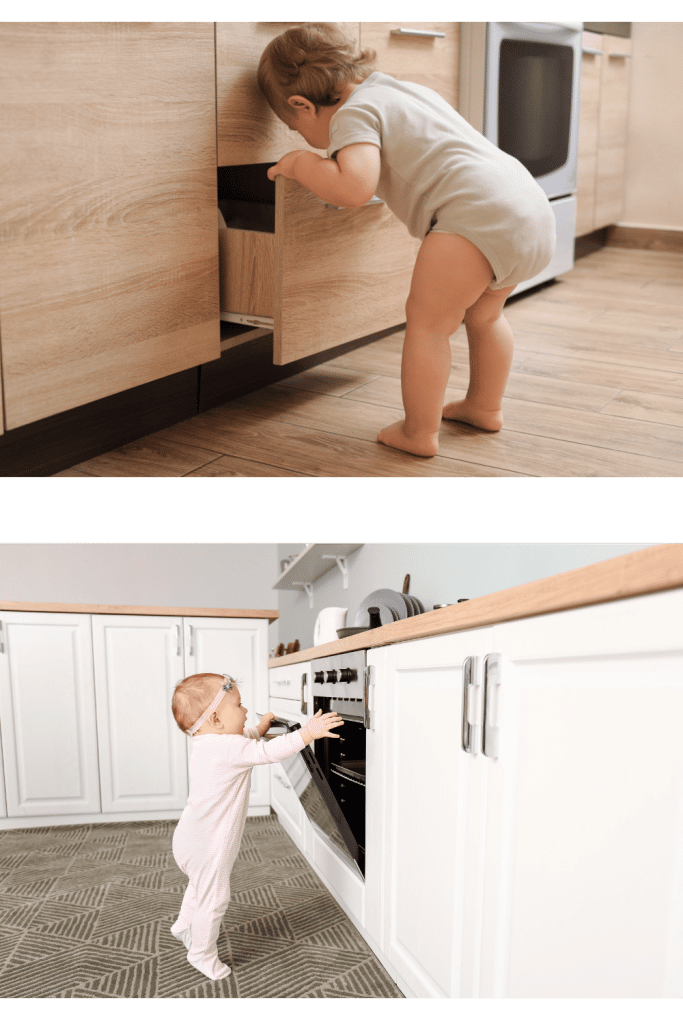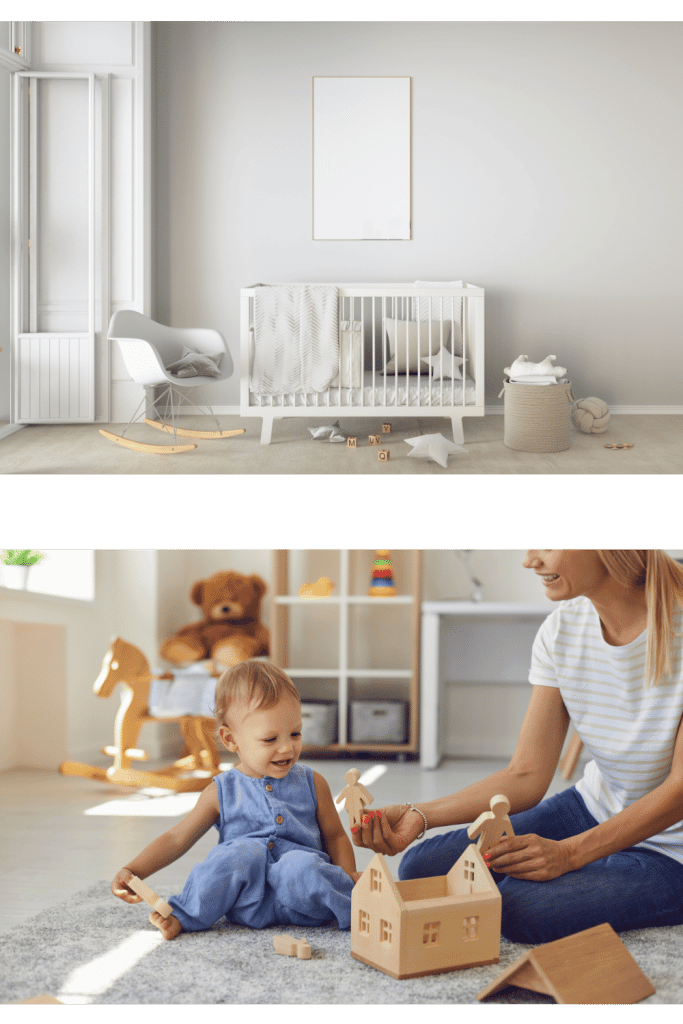The Ultimate Guide to Babyproofing Your Home 20+ Tips for Health and Safety

Why Babyproofing Matters
Your baby’s safety is paramount, and babyproofing should begin before they start crawling (typically around 6-10 months). This guide walks you through essential steps for each room, recommended products, and expert safety tips.
Room-by-Room Babyproofing Checklist
Kitchen Safety

- Install cabinet locks on all lower cabinets
- Secure cleaning supplies in high cabinets
- Add stove knob covers
- Install appliance locks
- Use corner guards on countertops
Recommended Products:
- Safety 1st Cabinet Locks
- Munchkin Xtraguard Dual Action Multi Use Latches
- Stove Knob Covers
- Clear Corner Guards
Living Room Safety

- Cover electrical outlets
- Secure furniture to walls
- Install window guards
- Add corner protectors
- Secure loose cords
- Gate off dangerous areas
Recommended Products:
- Safety 1st Outlet Covers
- Furniture Anchors
- KidCo Mesh Window and Rail Guards
- North States Superyard Play Yard
Bathroom Safety

- Install toilet locks
- Use non-slip bath mats
- Store medications securely
- Add faucet covers
- Keep electronics away from water
Recommended Products:
- Child Safety Toilet Locks
- Gorilla Grip Bath Mat
- Safety 1st Cabinet Lock with Catch
- Spout Cover by Skip Hop
Nursery Safety

- Secure furniture to walls
- Remove crib bumpers
- Keep cords away from crib
- Install smoke detectors
- Use cordless window coverings
Recommended Products:
- Graco Convertible Crib
- Fitted Crib Sheet
- Kidde Smoke Detector
- Cordless Cellular Shades
General Safety Tips
Hidden Dangers
- Button batteries
- Magnets
- Blind cords
- Unstable furniture
- Small objects
Monthly Maintenance
- Test smoke detectors
- Check furniture anchors
- Inspect cabinet locks
- Review escape routes
- Update emergency contacts
Emergency Preparedness
- Post emergency numbers visibly
- Create evacuation plan
- Stock first-aid supplies
- Install carbon monoxide detectors
- Keep poison control number handy
- Use this list as a template for your first aid guide
Conclusion
Babyproofing is an ongoing process that evolves with your child’s development. Regular safety checks and updates are essential. Remember, no home can be 100% childproof, but these measures significantly reduce risks.












